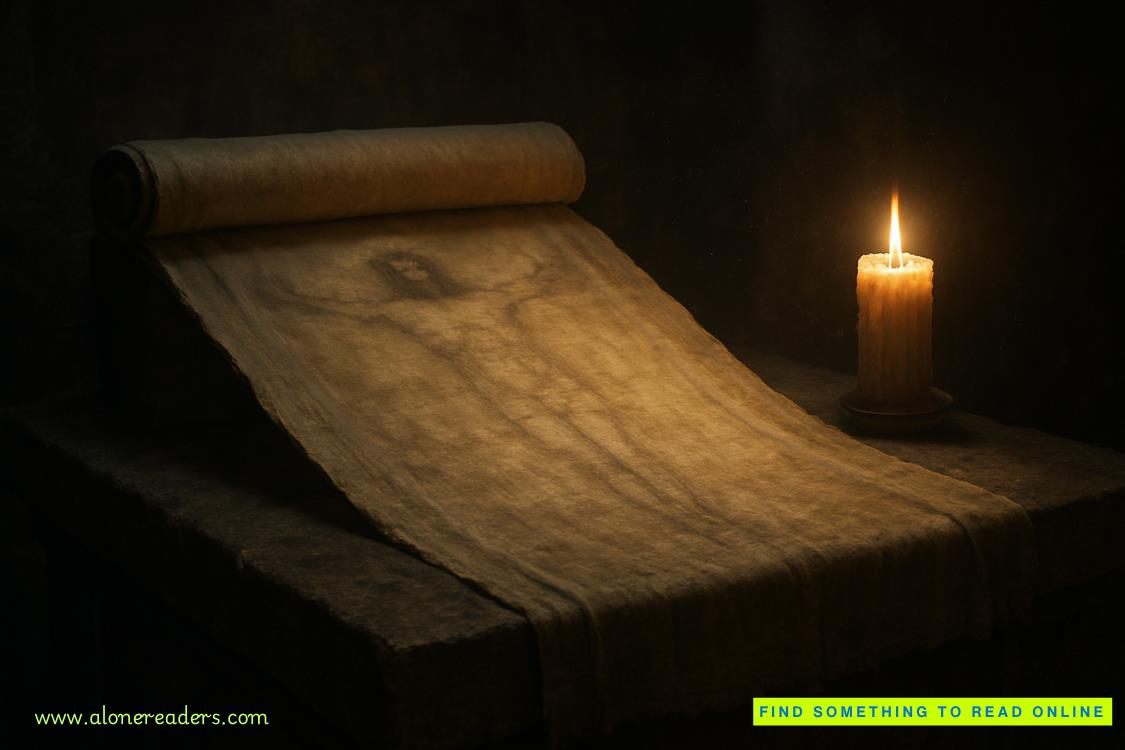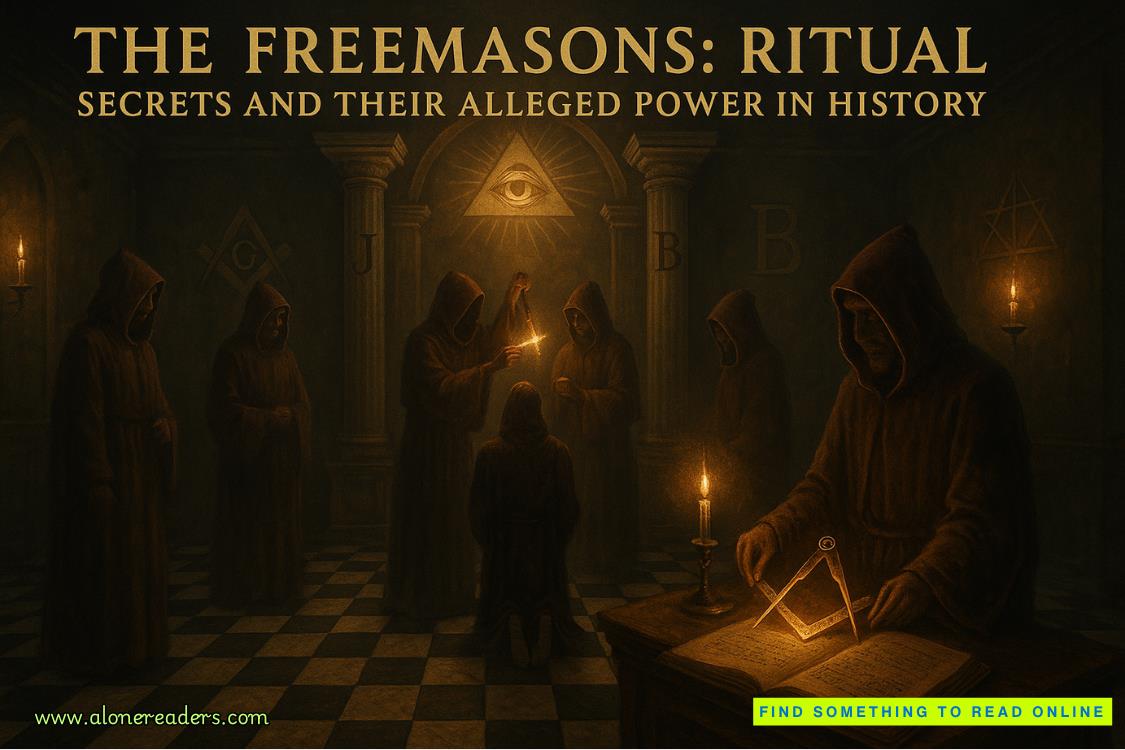The great steppes were by no means a single, huge, undifferentiated landscape of gracefully swaying stalks. Tallgrass grew in selected areas of ample moisture, which also contained a great diversity of other plants. Dominated by grasses more than five feet tall but ranging up to twelve feet in height—big bulbous bluestem, feather grasses, and tufted fescues—the colorful forb meadows added a variety of flowering and broad-leaved herbs: aster and coltsfoot; yellow, many-petaled elecampane and the big white horns of datura; groundnuts and wild carrots, turnips and cabbages; horseradish, mustard, and small onions; irises, lilies, and buttercups; currants and strawberries; red raspberries and black.
In the semiarid regions of little rainfall, shortgrasses, less than a foot and a half tall, had evolved. They stayed close to the ground with most of the growth underneath, and vigorously sent out new shoots, especially in times of drought. They shared the land with brush, particularly artemisias like wormwood and sage.
Between those two extremes were the midgrasses, filling niches too cold for shortgrass or too dry for tallgrass. Those meadows of moderate moisture could be colorful, too, with many flowering plants intermixed with the grassy ground cover of wild oats, foxtail barley, and, particularly on slopes and uplands, little bluestems. Cordgrass grew where the land was wetter, needlegrass in cooler areas with poor, gravelly soils. There were many sedges, too—stalks were solid in sedges, jointed where leaves grew out of the stems of grasses—including cotton grass, primarily in tundra and wetter ground. Marshes abounded with tall phragmite reeds, cattails, and bulrushes.
It was cooler near the river, and as afternoon wore into evening, Ayla was feeling pulled two ways. She wanted to hurry and see an end to the stifling tallgrass, but she also wanted to stop and collect some of the vegetables she was seeing along the way for their evening meal. A rhythm began to develop to her tension; yes she would stop, no she would not, sounded over and over in her mind.
Soon the rhythm itself overcame any meaning in the words, and a silent throbbing that felt as though it should have been loud filled her with apprehension. It was disturbing, this sense of deep, loud sound she could not quite hear. Her discomfort was emphasized by the tallgrass crowding in close all around her, which allowed her to see, but not quite far enough. She was more used to seeing long distances, far vistas, to seeing, at least, beyond the immediate screen of grass stems. As they continued, the feeling became more acute, as though it was coming closer, or they were drawing nearer to the source of the silent sound.
Ayla noticed that the ground seemed freshly disturbed in several places, and she wrinkled her nose as she sniffed a strong, pungent, musky smell, trying to place it. Then she heard a low growl issue from Wolf's throat.
"Jondalar!" she called out, and she saw that he had stopped and was holding his hand up, signaling her to stop. There was definitely something ahead. Suddenly, the air was split by a great, loud, blasting scream.
3
Wolf! Stay here!" Ayla commanded the young animal, who was inching forward with curiosity. She slid off Whinney's back and moved to catch up with Jondalar, who had dismounted as well, and was cautiously moving through the thinning grass ahead toward the shrill screams and loud rumbles. She reached his side as he stopped, and they both parted the last tall stalks to see. Ayla bent down on one knee to hold Wolf as she looked, but she could not move her eyes away from the scene in the clearing.
An agitated herd of woolly mammoths was milling about—it had been their feeding that had created the clearing near the edge of the tallgrass region; a large mammoth required over six hundred pounds of feed every day, and a herd could strip a considerable area of vegetation quickly. The animals were all ages and sizes, including some that could not have been more than a few weeks old. That meant it was a herd of, primarily, related females: mothers, daughters, sisters, aunts, and their offspring; an extended family led by a wise and canny old matriarch, who was noticeably larger.
At a quick glance, the overall color of the woolly mammoths was a reddish brown, but a closer look revealed many variations of the basic shade. Some were more red, some more brown, some tended toward yellow or gold, and a few looked almost black from a distance. The thick, double-layered coats covered them entirely, from their broad trunks and exceptionally small ears, to their stubby tails ending in dark tufts, and their stumpy legs and broad feet. The two layers of fur contributed to the differences in color.
Though much of the warm, dense, amazingly silky-soft underwool had been shed earlier in the summer, the next year's growth had already started, and was lighter in color than the fluffy, though coarser, wind-breaking overlayer, and gave it depth and highlights. The darker outer hairs, of varying lengths, some up to forty inches long, hung down like a skirt along the flanks, and quite thickly from the abdomen and dewlap—the loose skin of the neck and chest—creating a padding underneath them when they lay down on frozen ground.
Ayla was entranced by a pair of young twins with beautiful reddish-golden fur accented by spiky black guard hairs, who peeked out from behind the huge legs and long ochre skirt of their hovering mother. The dark brown hair of the old matriarch was shot with gray. She noticed, as well, the white birds that were constant companions of the mammoths, tolerated or ignored whether they sat on the top of a shaggy head, or adroitly avoided a massive foot, while they feasted on the insects that the great beasts disturbed.
Wolf whined his eagerness to investigate the interesting animals more closely, but Ayla held him back, while Jondalar got the restraining rope from Whinney's basket. The grizzled matriarch turned to look in their direction for a long moment—they noticed that one of her long tusks was broken off—then she turned her attention back to more important activity.
Only very young males stayed with the females, they usually left the natal herd sometime after they reached puberty at about twelve, but several young bachelors, and even a few older ones were included in this group. They had been drawn by a female with a deep chestnut-colored coat. She was in heat, and that was the cause of the commotion Ayla and Jondalar had heard. A female in heat, estrus, the reproductive period when females were able to conceive, was sexually attractive to all males, sometimes more than she liked.
The chestnut female had just rejoined her family group after outdistancing three young males in their twenties, who had been chasing her. The males, who had given up, but only temporarily, were standing away from the close-packed herd resting, while she sought respite from her exertions within the midst of the excited females. A two-year-old calf rushed up to the object of the male's attention, was greeted by a gentle touch of a trunk, found one of the two breasts between her front legs and began to suckle, while the female reached for a trunkful of grass. She had been chased and harassed by the males all day, and had had little opportunity to feed her calf, or even to eat or drink herself. She was not to have much chance then.
A medium-size bull approached the herd and began touching the other females with his trunk, well down from the tail between their hind legs, smelling and tasting, to test their readiness. Since mammoths continued to grow all their lives, his size indicated he was older than the three who had been chasing the b
eleaguered female before, probably in his thirties. As he neared the chestnut-furred mammoth, she moved away at a fast walk. He immediately abandoned the others and started after her. Ayla gasped when he released his huge organ from its sheath and it started to swell into a long curving S-shape.
The young man beside her heard the sudden intake of breath and glanced at her. She turned to look at him, and their eyes, equally astonished and full of wonder, held for a moment. Although they had both hunted mammoths, neither of them had observed the great woolly beasts very often from so near, and neither had ever seen them mate. Jondalar felt a quickening in his own loins as he watched Ayla. She was excited, flushed, her mouth slightly open, taking quick breaths, and her eyes, opened wide, held a sparkle of curiosity. Fascinated by the awesome spectacle of the two massive creatures about to show honor to the Great Earth Mother, as She required of all Her children, they quickly turned back.
But the female ran in a large arc, keeping ahead of the larger bull, until she made it back to her family herd again, though it made little difference. In a short time she was being chased again. One male caught up to her and managed to mount, but she was uncooperative and got out from under him, though he sprayed her hind legs. Sometimes her calf tried to follow the chestnut as she sped away from the bachelors several more times, before it finally decided to stay with the other females. Jondalar wondered why she was trying so hard to avoid the interested males. Didn't the Mother expect female mammoths to honor Her, too?
As though they had mutually decided to stop and eat, it was quiet for a while, with all the mammoths moving slowly south through the tallgrass tearing out trunkful after trunkful in a steady rhythm. In the rare moment of relief from the harassment of the males, the chestnut mammoth stood with her head low, looking very tired as she tried to feed.
Mammoths spent most of the day, and night, eating. Though it could be of the roughest, poorest quality—they could even eat shreds of bark torn off with tusks, though that was more often winter feed— mammoths needed huge quantities of the fibrous fare to sustain them. Included in the several hundred pounds of roughage consumed every day, which they passed through their bodies within twelve hours, was a small, though necessary, addition of succulent, broad-leaved, more nutritious plants, or occasionally a few choice leaves of willow, birch, or alder trees, higher in food value than the coarse tallgrass and sedge, but toxic to mammoths in large quantities.
When the great woolly beasts had moved some distance away, Ayla tied the restraining rope on the young wolf, who was if anything even more interested than they were. He kept wanting to get closer, but she didn't want him to disturb the herd or annoy them. Ayla felt the matriarch had given them leave to stay, but only if they kept their distance. Leading the horses, who were exhibiting some nervousness and excitement as well, they circled around through the tallgrass and followed the herd. Though they had been watching for some time, neither Ayla nor Jondalar was inclined to leave yet. There was still a sense of anticipation lingering around the mammoths. Something was coming. Perhaps it was just that the mating they felt privileged, almost invited, to observe, was still incomplete, but it seemed more than that.
As they slowly followed after the herd, they both studied the huge animals closely, but each from a separate perspective. Ayla had been a hunter from an early age, and had observed animals often, but her prey was ordinarily much smaller. Mammoths weren't usually hunted by individuals; they were hunted by large, organized, and coordinated groups. She had actually been closer to the great beasts before, when she had gone to hunt them with the Mamutoi. But while hunting there was little time to watch and learn, and she didn't know when she would ever have the opportunity to get such a good look at them, both female and male, again.
Though she was aware of their distinctive shape in profile, this time she took particular note of it. The head of a mammoth was massive and high-domed—with large sinus cavities that helped to warm the searing cold winter air as it was breathed—accentuated by a hump of fat and a conspicuous topknot of stiff, dark hair. Just below the high head was the deep indentation of the nape of its short neck, leading to a second hump of fat high on the withers above the shoulders. From there, the back sloped steeply to the small pelvis and almost dainty hips. She knew from the experience of butchering and eating mammoth meat that the fat of the second hump had a different quality from that of the three-inch-thick layer of blubber that lay under the tough inch-thick skin. It was more delicate, tastier.
Woolly mammoths had relatively short legs for their size, making it somewhat easier for them to acquire their food, since they fed primarily on grass, not the high green leaves of trees as did their browsing warm-climate relatives; there were few trees on the steppes. But like them, the mammoth's head was high up off the ground, and too big and heavy, especially with enormous tusks, to be supported by a long neck so that it could reach food or drink directly the way horses or deer did. The evolution of the trunk had solved the problem of bringing food and water to the mouth.
The furry, sinuous snout of the woolly mammoth was strong enough to tear out a tree, or to pick up a heavy chunk of ice and send it crashing down to break into smaller, more usable pieces for water in winter, and dexterous enough to select and pluck a single leaf. It was also marvelously adapted to pulling grass. It had two projections on the end of it. A fingerlike appendage on the upper part, which it could delicately control, and a broader, flattened, very flexible structure on the lower part, almost like a hand, but without bones or separate fingers.
Jondalar was amazed at the dexterity and strength of the trunk as he watched a mammoth wrap the muscular lower projection around a hunch of closely growing tallgrass, then hold it together while the upper digit fingered more stems that were growing nearby into its clutch, until it had accumulated a good sheaf. Getting a grip by closing the upper finger around the bunch like an opposing thumb, the furry trunk yanked the grass out of the ground, roots and all. After shaking off some of the dirt, the mammoth stuffed it all in its mouth, and while it was chewing, reached for more.
The devastation that a herd left behind them as they made their long migrations across the steppes was considerable, or so it seemed. But for all the grass ripped out by its roots, and bark stripped from trees, their disturbance was beneficial to the steppes, and to other animals. By clearing away the woody-stemmed tallgrass and small trees, a place was made for richer forbs and new grass to grow, food that was essential to several of the other inhabitants of the steppes.
Ayla suddenly shivered and felt a strange sensation deep in her bones. Then she noticed the mammoths had stopped eating. Several raised their heads and faced the south with their furry ears extended, moving their heads back and forth. Jondalar noticed a change in the dark red female, who had been chased by all the males. Her tired look was gone; she seemed, instead, to be anticipating. Suddenly she roared a deep, vibrating rumble. Ayla sensed a head-filling resonance, then felt the chill of gooseflesh as an answer, like the low growl of distant thunder, came from the southwest.















